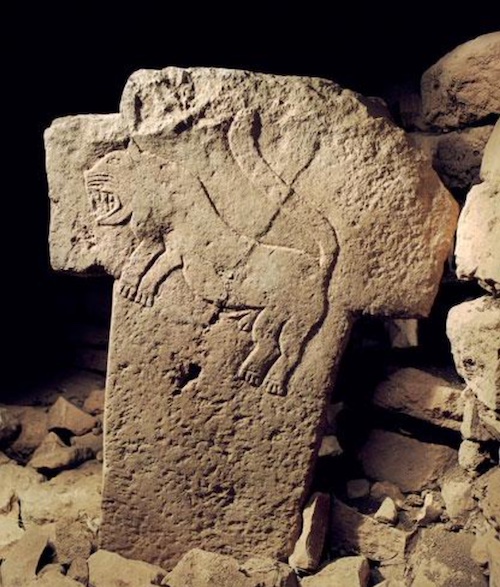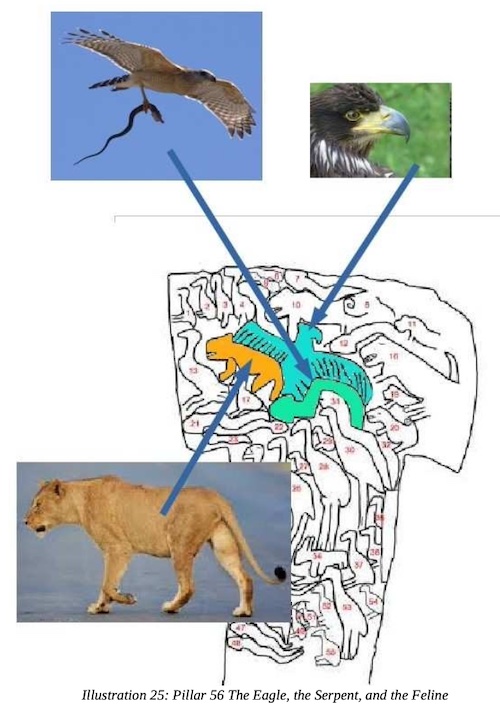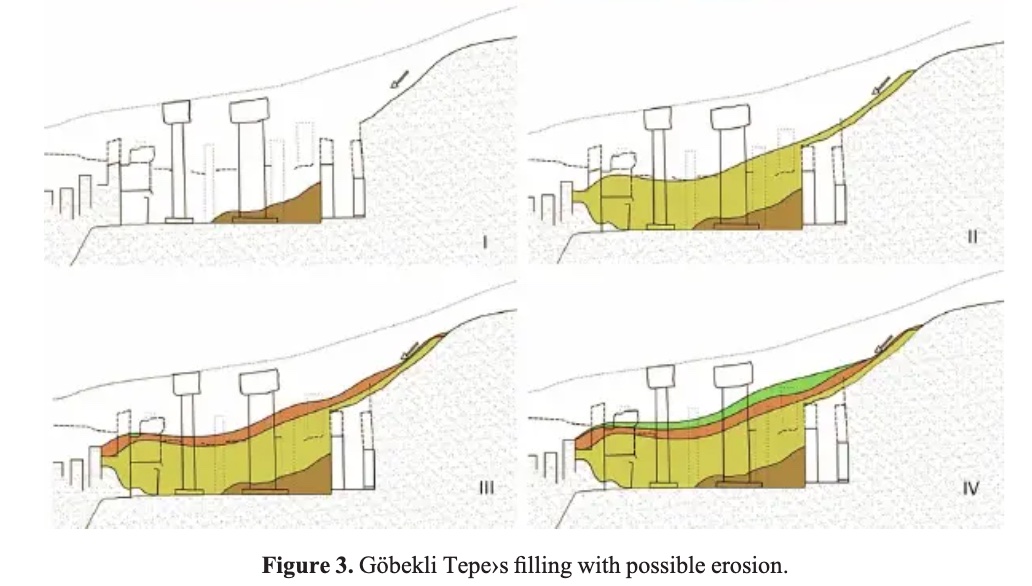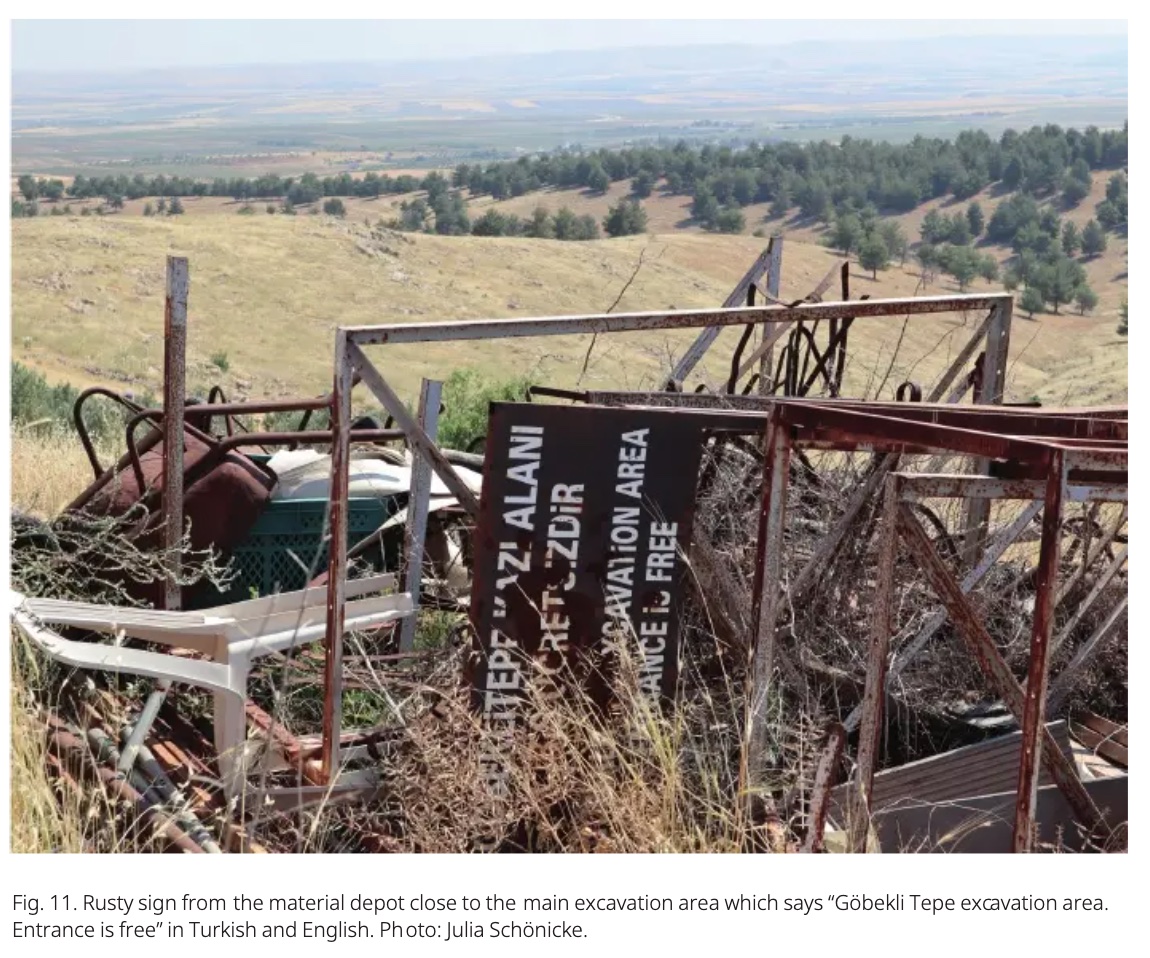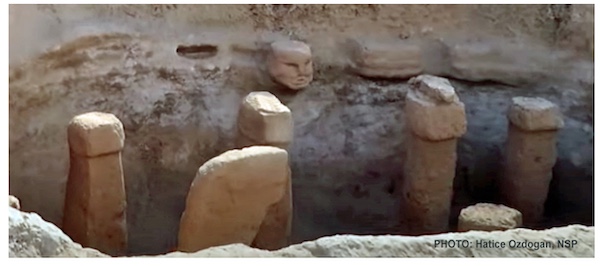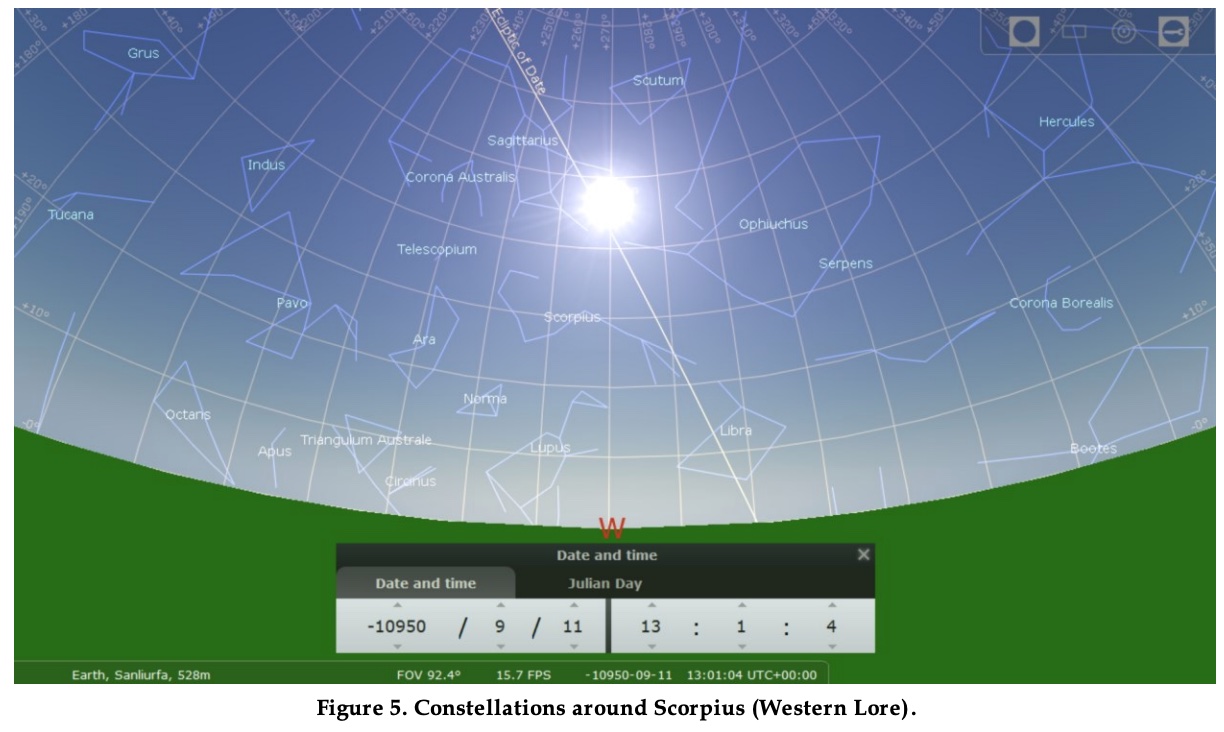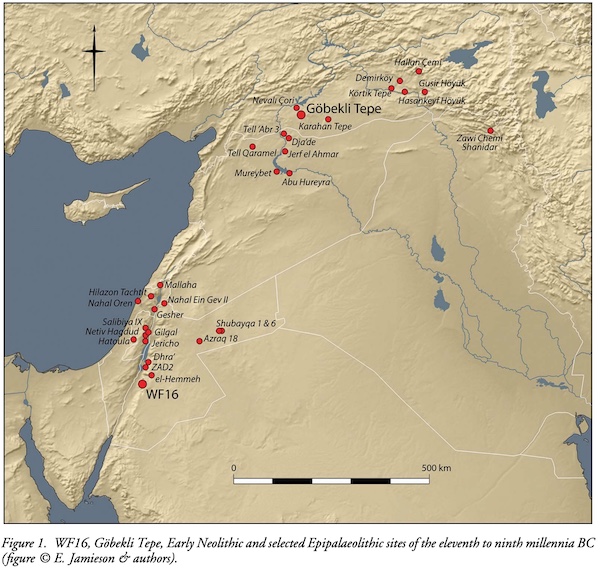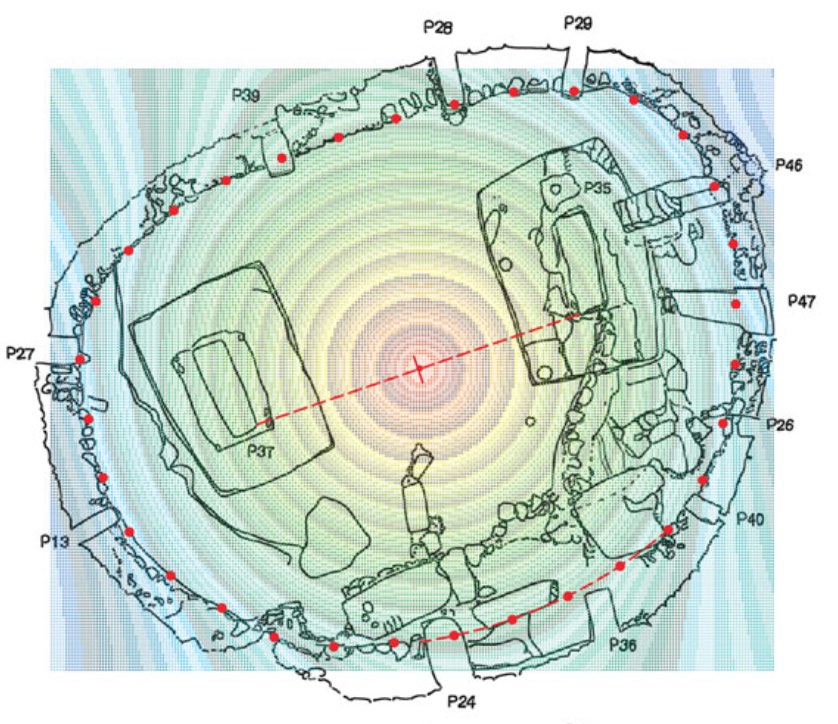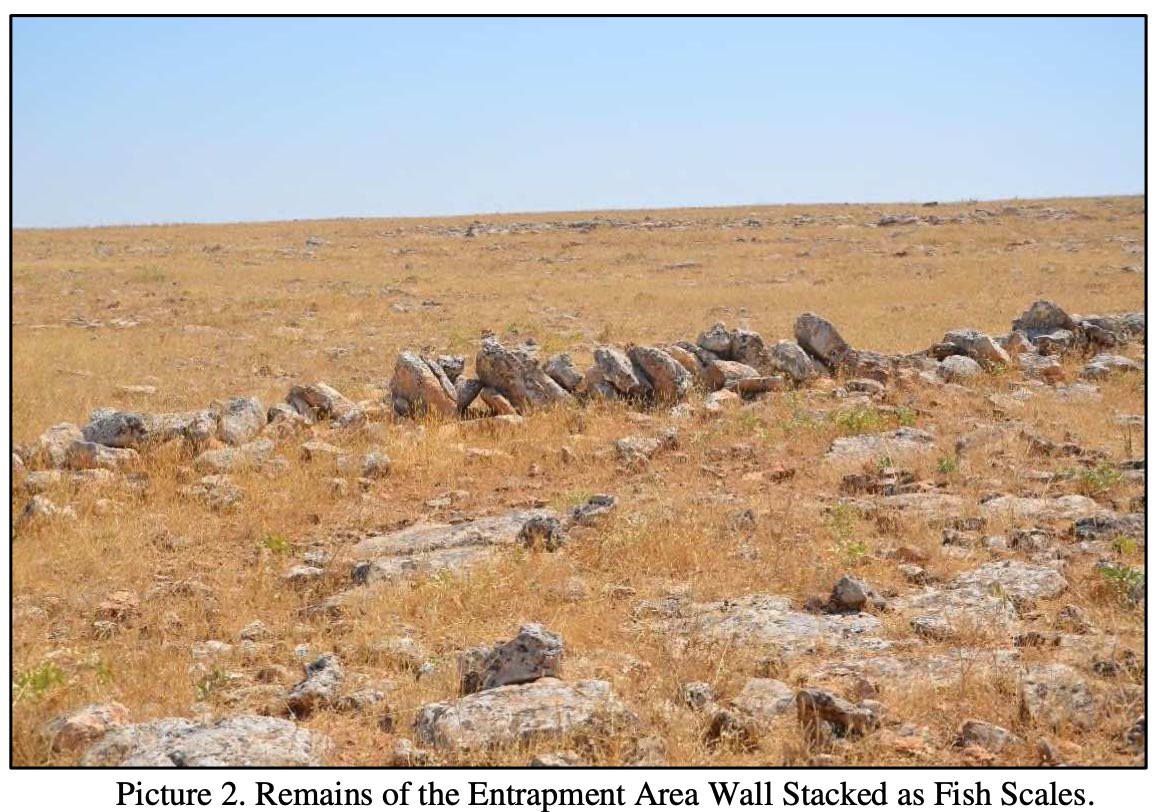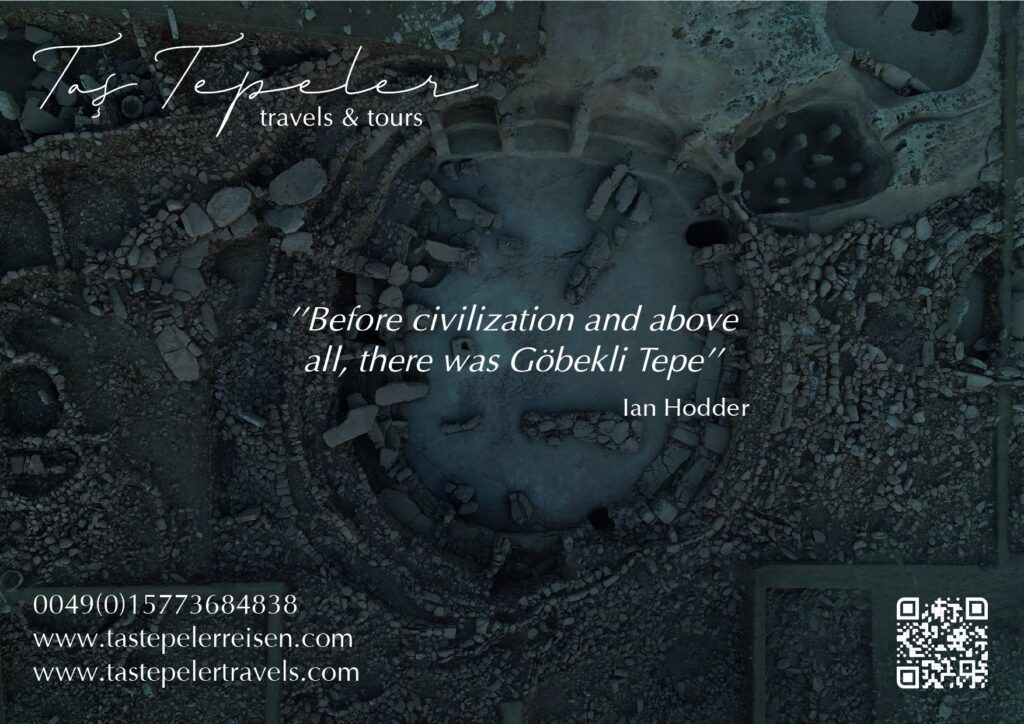Did Cities or Temples Come First to Human Life?
A Comparison between Göbeklitepe, Nevali Çori, Çayönü, Çatalhöyük and Ain Ghazal Göbeklitepe has a significant place with its unique design among many ritual centres, shrines, communal buildings and settlements in Near East and Anatolia during the Neolithic Period. Göbeklitepe is located ten kilometres away from Şanlıurfa, Southeast of Turkey (Curry, 2008, pg.1) and covers eight hectares area (ibid). Limestone T-shaped pillars weight roughly five to ten tonnes (Banning, 2011, pp. 620-622) and carved figures of dangerous animals such as; rampant lions, wild donkeys, scorpions, snakes, a headless male figure identifiable with his erected penis and many other animal depictions give this place a distinctive character (Zimansky and Sagona, 2009,
Read More

